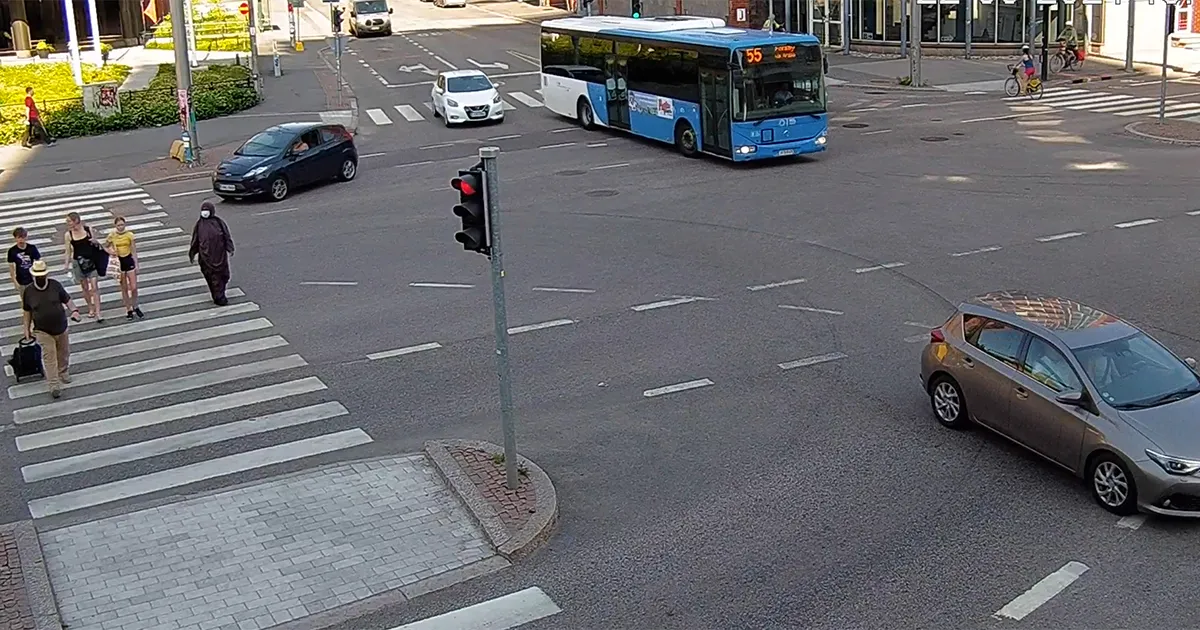According to automotive technology supplier Dayco, the number of vehicles featuring start-stop technology will continue to rise over the next few years. The company says that it is only by incorporating such a function into a number of models in each range, that vehicle manufacturers will be able to reduce their fleet average emission levels and achieve the targets that EU legislation demands.
Dayco, in alliance with Peugeot/Citroën, has developed a starter/alternator that has an auxiliary belt system w
September 9, 2013
Read time: 2 mins
According to automotive technology supplier Dayco, the number of vehicles featuring start-stop technology will continue to rise over the next few years. The company says that it is only by incorporating such a function into a number of models in each range, that vehicle manufacturers will be able to reduce their fleet average emission levels and achieve the targets that EU legislation demands.
Dayco, in alliance with Peugeot/Citroën, has developed a starter/alternator that has an auxiliary belt system with the strength to start and restart the engine instantly when the vehicle needs to pull away, but is no wider than a standard auxiliary belt. In contrast to a conventional belt system, the patented Dayco self tensioning system (STS) maintains a balanced tension on both sides of the belt in relation to the starter/alternator drive pulley. Instead of having a tensioner on just one side of the belt system, the tensioning device connects both sides of the starter/alternator belt system.
The Dayco STS is designed to create a balance of forces between the two sides at all times, which enables the starter/alternator to seamlessly switch between its starting and charging modes to allow the vehicle’s start-stop system to function to its full potential.
The major development of this self-balancing device is the rigid connection of its pulleys, which allows it to maintain the correct belt tension irrespective of the direction of the load.
Dayco, in alliance with Peugeot/Citroën, has developed a starter/alternator that has an auxiliary belt system with the strength to start and restart the engine instantly when the vehicle needs to pull away, but is no wider than a standard auxiliary belt. In contrast to a conventional belt system, the patented Dayco self tensioning system (STS) maintains a balanced tension on both sides of the belt in relation to the starter/alternator drive pulley. Instead of having a tensioner on just one side of the belt system, the tensioning device connects both sides of the starter/alternator belt system.
The Dayco STS is designed to create a balance of forces between the two sides at all times, which enables the starter/alternator to seamlessly switch between its starting and charging modes to allow the vehicle’s start-stop system to function to its full potential.
The major development of this self-balancing device is the rigid connection of its pulleys, which allows it to maintain the correct belt tension irrespective of the direction of the load.










